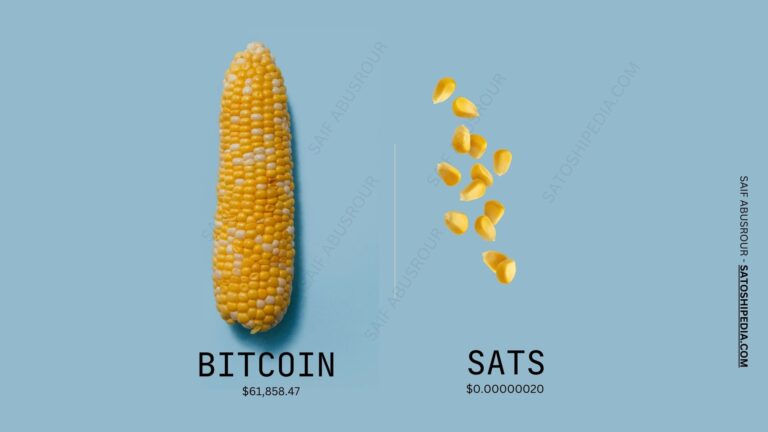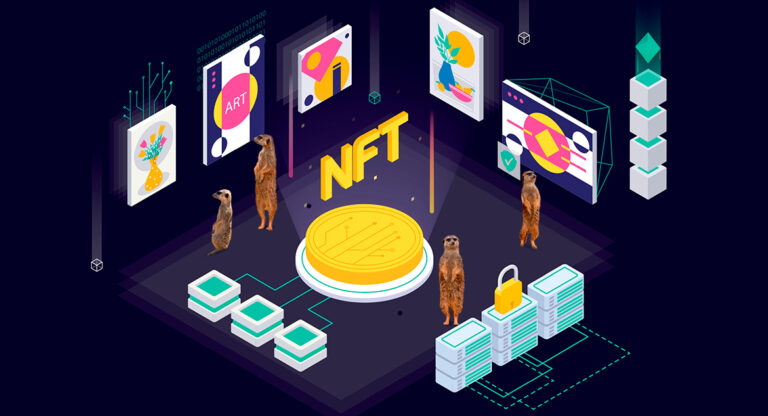Hook: “A mysterious surge in Celestia’s blob sizes has sent shockwaves across the blockchain world, and it could change the game for NFTs and decentralized applications.”
Recently, something dramatic has been happening with Celestia, a blockchain that’s gaining attention for its innovative approach to scalability. If you haven’t heard, Celestia’s “blob sizes” have exploded by 10 times in just two weeks, and this is closely tied to a spike in NFT activity and new projects integrating Celestia into their ecosystems. But what does this all mean? Let’s break it down.
What’s Happening with Celestia?
Celestia is a blockchain that offers a unique service: it acts as a data availability layer for other projects, which means it ensures that data stored on it is accessible to everyone in a decentralized way. This is crucial for scaling blockchain networks.
Now, over the past two weeks, Celestia’s blob size (think of this as the data packages it stores) has surged from an average of 1.18 GB to an impressive 11.4 GB. This 10x increase means that Celestia is now handling far more data than before, and this is likely linked to a huge rise in transactions and NFT mints (when new NFTs are created and added to the blockchain).
Why Did This Happen?
One key factor contributing to this surge is the launch of Mammoth Overlord NFTs on the Forma blockchain, which uses Celestia’s services. NFTs, which are unique digital assets, have seen a massive rise in popularity, and with this surge in demand, the data required to support these projects has also spiked.
Additionally, Eclipse (an Ethereum Layer 2 blockchain) and the RARI chain have also integrated Celestia to scale their platforms. Eclipse, in particular, is using Solana’s virtual machine alongside Celestia to provide faster and cheaper transactions, further driving up the blockchain’s activity.
The Ripple Effect: What It Means for TIA and the Market
Here’s where it gets interesting: the market capitalization of TIA, Celestia’s native token, has increased by 14% since this spike started in December 2024. Currently, TIA’s market cap is $2.62 billion, and while it’s down from its peak earlier in the year, it shows that Celestia is attracting attention and growing in value. People are taking notice of its role in handling larger, more complex blockchain projects.
Why Should You Care?
- NFTs Are Exploding: The surge in blob sizes shows just how much data NFTs are generating. If you’re into NFTs or blockchain gaming, this is a huge signal that more platforms will rely on scalable solutions like Celestia.
- Scalability is Key: As blockchain technology grows, scalability becomes more important. Celestia’s unique approach to data availability could be a game-changer for blockchain projects, making them more efficient and cost-effective.
- New Opportunities: With projects like Eclipse and RARI adopting Celestia, there could be new opportunities for developers and investors to participate in the next wave of blockchain innovation.
Key Takeaways:
- Celestia’s blob size is growing rapidly, showing a rise in data usage, primarily due to NFT activity and new integrations.
- NFTs and decentralized applications are driving demand for scalable solutions like Celestia.
- TIA, Celestia’s token, is seeing a rise in market cap, signaling growing confidence in its future.
As someone who’s interested in the crypto space, understanding these dynamics can help you spot emerging trends and innovations that could shape the future of blockchain technology. This increase in blob sizes is a sign of a scalable future, and getting ahead of it could give you a competitive edge in understanding the broader crypto landscape.



